The Razor’s Edge by AC/DC
Buy The Razor’s Edge AC/DC showed the world that they were still an energetic and formidable band as they commenced the 1990s with the successful album, The Razor’s Edge. The music is upbeat […]
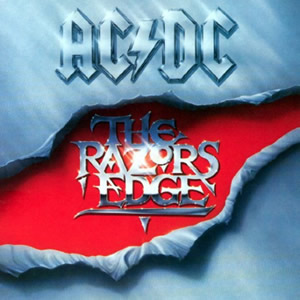
Buy The Razor’s Edge AC/DC showed the world that they were still an energetic and formidable band as they commenced the 1990s with the successful album, The Razor’s Edge. The music is upbeat […]
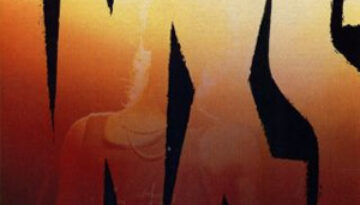
Buy Listen Like Thieves INXS forged their most successful rock formula on, Listen Like Thieves, the 1985 album which would set the pace for the group’s most successful commercial run through the late […]
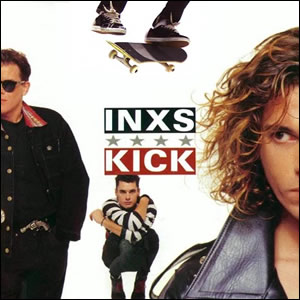
Buy Kick The Australian band INXS reached their absolute commercial peak with the well-crafted pop/rock/dance album Kick in 1997. This was the band’s sixth overall studio album since 1980 and marked a distinct […]

Buy Internationalist The third studio album by Australian rock group Powderfinger, 1998’s Internationalist, features a diverse array of musical genres. Led by the finely crafted compositions and versatile vocals of front man Bernard Fanning, […]
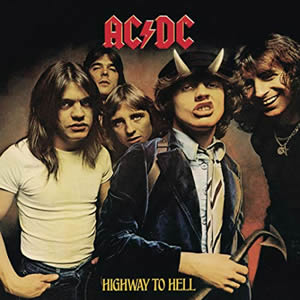
Buy Highway to Hell The first era of the group AC/DC climaxed with their sixth studio album in 1979, Highway to Hell. Displaying the group’s signature riff-driven hard rocker from cover to cover, […]
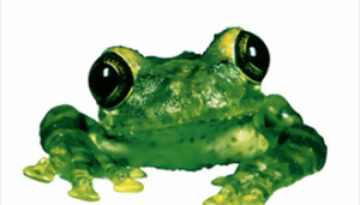
Buy Frogstomp Australian grunge rockers Silverchair launched their recording career when all three members were still teenagers in 1995 with the debut album Frogstomp. The compositions and sound of this record continue the […]
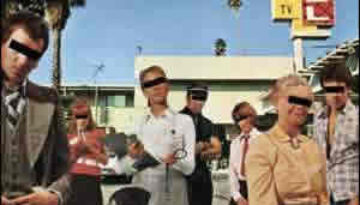
Buy Dirty Deeds Done Dirt Cheap Australian rockers AC/DC produced their third album, Dirty Deeds Done Dirt Cheap during the summer of 1976 and released it in their home land in September of […]
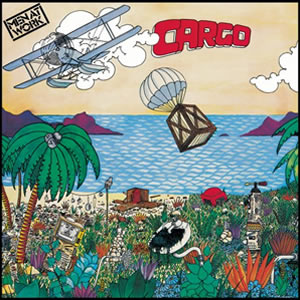
Buy Cargo It is funny how fame works. When Men at Work recorded their second album Cargo in the summer of 1982, they were just a regional act who had moderate success in […]

Buy Business As Usual One would not be out of line to suggest that this is a rather “unusual” (pun intended) selection for our 1982 album of the year. In fact, Business As […]
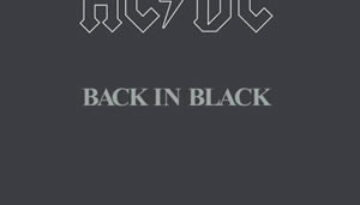
Buy Back In Black Who would have guessed that out of the ashes of tragedy would rise the rock n’ roll classic, Back In Black? Recorded just a few weeks following the untimely […]